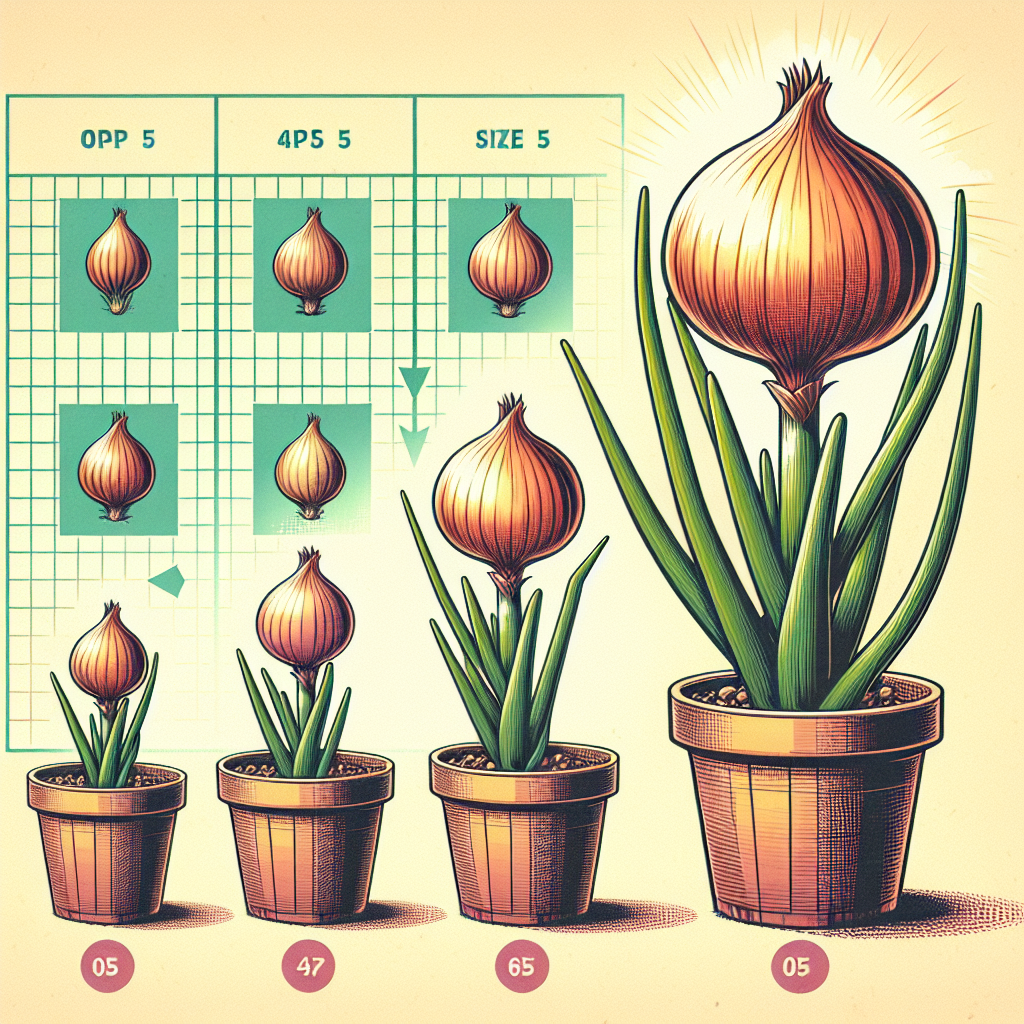Onions are a popular vegetable that is used in a variety of dishes, from soups to stir-fries. When it comes to growing onions, choosing the right size pot is essential for ensuring healthy growth and a bountiful harvest. In this article, we will discuss the factors to consider when selecting the right size pot for onion plants.
1. Consider the Size of the Onion Plants
The first factor to consider when choosing the right size pot for onion plants is the size of the plants themselves. Onions come in different varieties, with some growing larger than others. If you are growing smaller varieties of onions, such as scallions or pearl onions, you can get away with using a smaller pot. However, if you are growing larger varieties of onions that produce bulbs, you will need a larger pot to accommodate their root system.
2. Estimate the Root System
Onions have a relatively shallow root system compared to other vegetables, but they still require enough space to grow and develop properly. When selecting a pot for onion plants, it is important to choose one that provides enough room for the roots to spread out and access nutrients and water. A good rule of thumb is to choose a pot that is at least 6-8 inches deep for small varieties of onions and 10-12 inches deep for larger varieties.
3. Consider the Number of Onion Plants
Another important factor to consider when choosing the right size pot for onion plants is the number of plants you plan to grow in each container. If you are only planning on growing one or two onion plants, a smaller pot may be sufficient. However, if you are planning on growing multiple onion plants in the same container, you will need a larger pot to accommodate their root systems.
4. Choose a Pot with Proper Drainage
Proper drainage is essential for healthy onion plants as they do not like sitting in waterlogged soil. When selecting a pot for onion plants, make sure it has drainage holes at the bottom to allow excess water to escape. Additionally, using a well-draining soil mix specifically designed for container gardening can help prevent root rot and other issues caused by poor drainage.
5. Consider Growing Onions Vertically
If space is limited or if you prefer vertical gardening, consider growing onions vertically in a tall planter or tower. This allows you to maximize your growing space while still providing enough room for the roots to grow downward. Vertical gardening can also help prevent pests and diseases from affecting your onion plants.
6. Monitor Soil Moisture Levels
Onion plants prefer well-drained soil that is kept consistently moist but not waterlogged. To ensure proper moisture levels, check the soil regularly and water as needed based on weather conditions and plant growth stage. Using a moisture meter can help you monitor soil moisture levels accurately and avoid overwatering or underwatering your onion plants.
7. Repotting Onion Plants
As onion plants grow and develop, they may outgrow their pots and become root-bound if not repotted into larger containers periodically. To prevent root-bound conditions and promote healthy growth, consider repotting your onion plants into larger pots every 1-2 years or whenever their roots start circling around the edges of their current container.
Conclusion:
Choosing the right size pot for your onion plants is crucial for ensuring healthy growth and maximizing your harvest potential. Consider factors such as plant size, root system needs, number of plants per container, drainage capabilities, vertical gardening options, monitoring soil moisture levels, and periodic repotting when selecting pots for your onion garden.
By following these tips and guidelines, you can create optimal growing conditions for your onion plants and enjoy delicious homegrown onions throughout the season.













